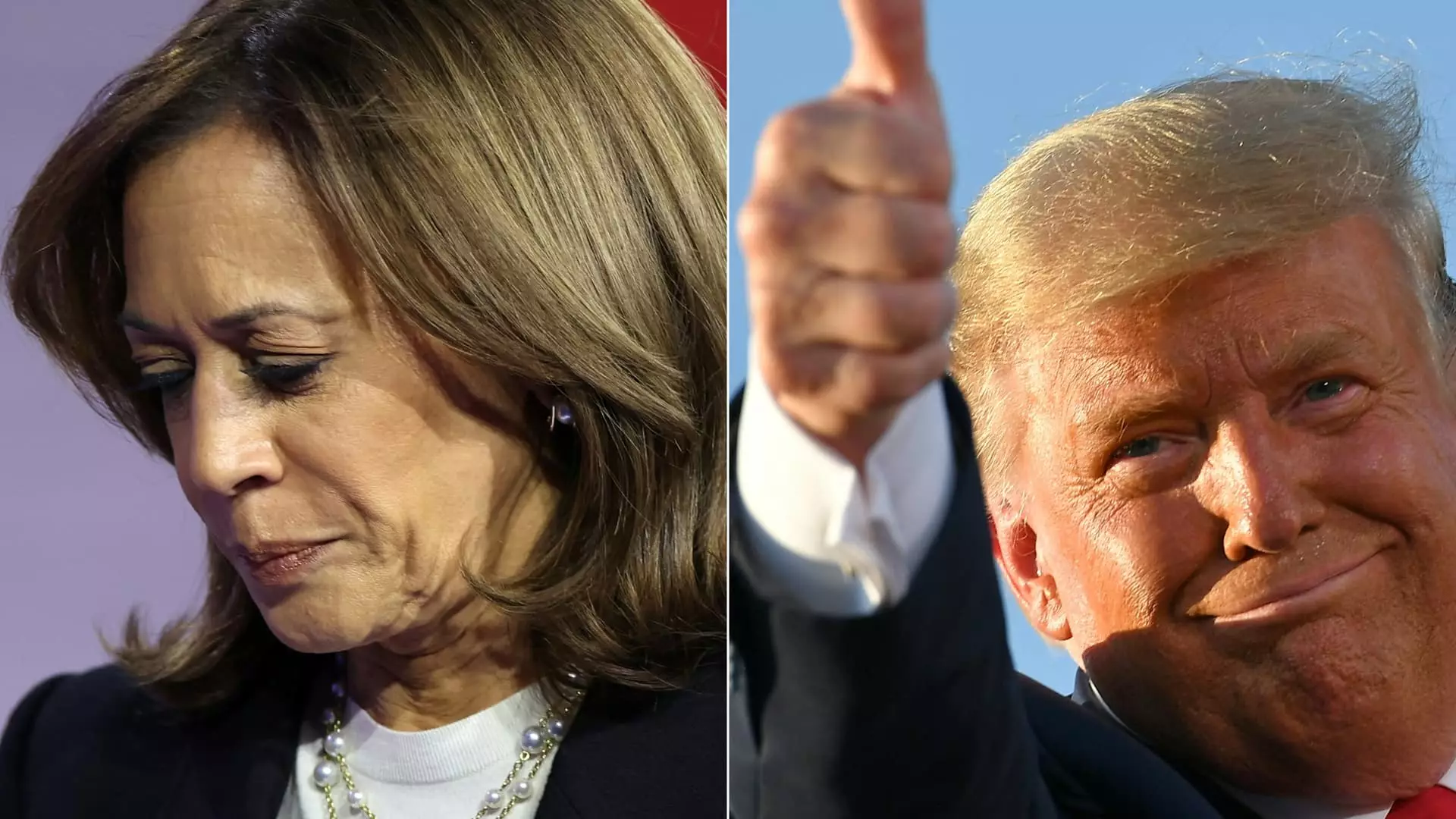In a remarkable turn of events, President-elect Donald Trump has reclaimed Arizona, as projected by NBC News, signifying the acquisition of 11 important electoral votes. This victory comes on the heels of a previous loss to President Joe Biden in 2020, which had transformed Arizona into a key player in national elections. The shift towards Democratic leadership in recent years marked a significant departure from the state’s historically Republican roots. Trump’s narrow loss to Biden—by just 0.3 percentage points in 2020—served as a wake-up call for the GOP, prompting a reassessment of strategies in this evolving political landscape.
Historically, Arizona was a bastion of Republican power, illustrated by Trump’s 4-point victory over Hillary Clinton in 2016. However, the last few election cycles have seen a dramatic transformation fueled by an increasingly diverse electorate, particularly a burgeoning Latino population. This demographic shift—alongside previous Republican defections—has redefined Arizona’s political identity, leading to the election of a Democratic governor and two Democratic senators. Hence, the state has leveled into a truly competitive battleground capable of swinging either way, alongside other pivotal states like Pennsylvania and Wisconsin.
In the lead-up to the 2024 Presidential election, voter registration trends hinted at an invigorated Republican base in Arizona. Despite the Harris campaign’s substantial financial advantage and superior organizational resources, the GOP had witnessed an uptick in engagement, as many supporters rallied around key issues like the economy and immigration—two cornerstone topics of Trump’s platform. Issues like soaring gas prices and border security resonated deeply with Arizonans, suggesting that local concerns will significantly influence voting patterns.
After the tumultuous 2020 election, Arizona found itself at the epicenter of conspiracy theories propagated by Trump and his supporters, alleging widespread electoral fraud. While these narratives galvanized some segments of the populace, they also catalyzed a backlash against several Republicans in the subsequent midterm elections in 2022. Despite these challenges, Trump’s claims remained perceptibly influential in shaping the Republican electorate in Arizona as the party attempted to regroup and refocus its strategies.
Polling data leading up to the election indicated a tight race, with Trump often leading Harris within the margins of error. Nonetheless, the battle for Arizona remains unpredictable. The state’s geographical separation from conventional battleground areas may have contributed to Trump spending less time in Arizona compared to Louisiana or Ohio, yet his ideological messaging was undeniably compatible with local sentiments. As both candidates focused on the economy and immigration during their campaigning in the state, voters appear inclined to prioritize tangible issues over political rhetoric.
Arizona serves as a bellwether for the national political climate. Its status as a battleground underscores the complex interplay of demographic changes, local economic concerns, and the overarching narrative of party loyalty—embodying the uncertainties that lie ahead for both Republicans and Democrats in the upcoming election.


Leave a Reply